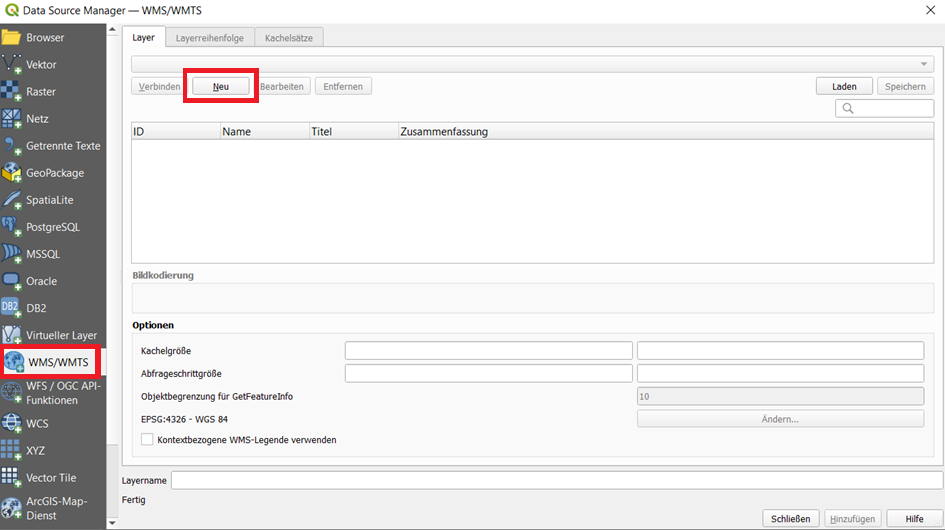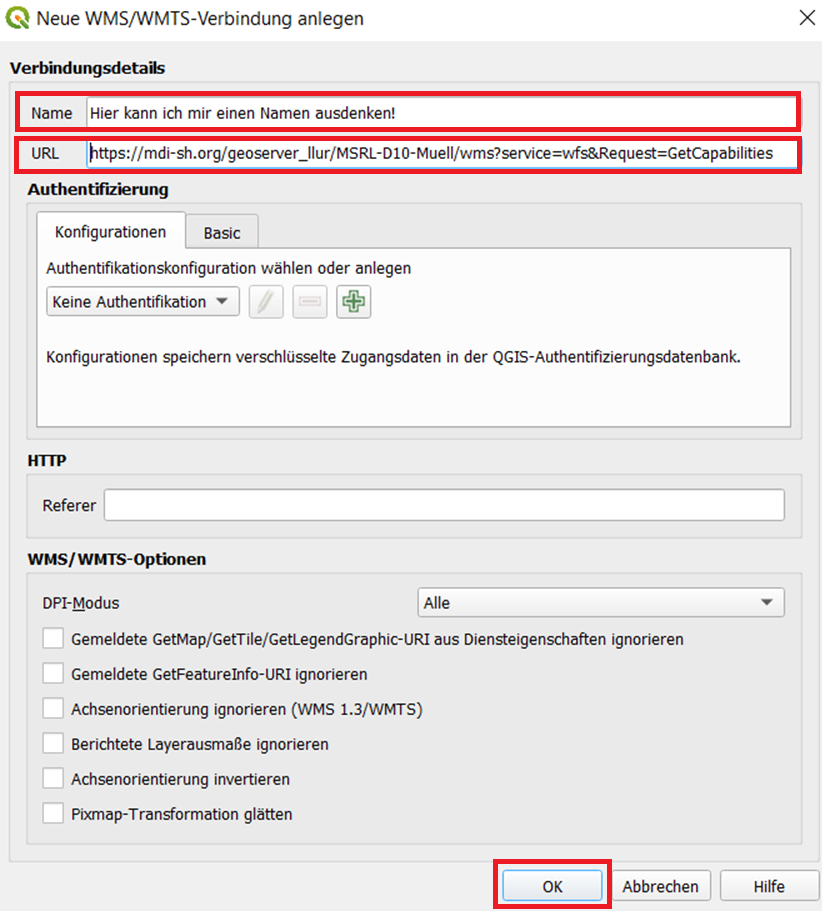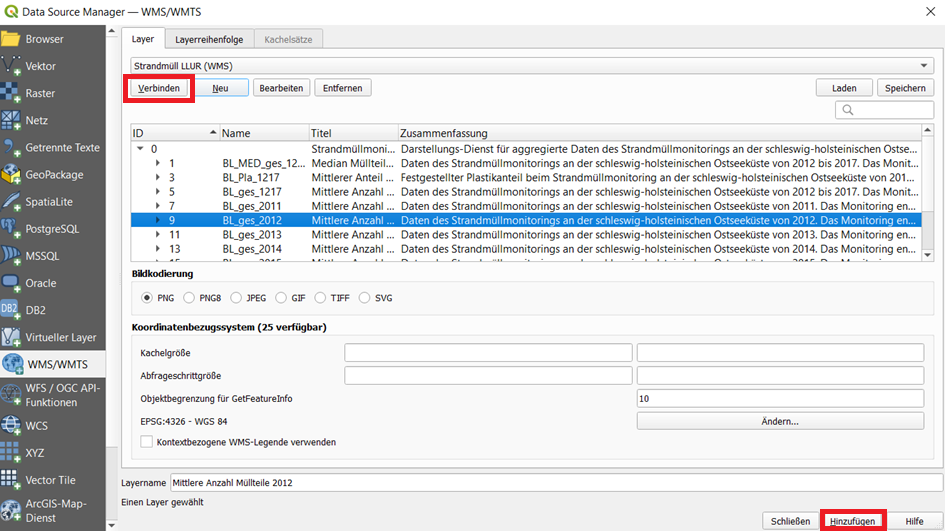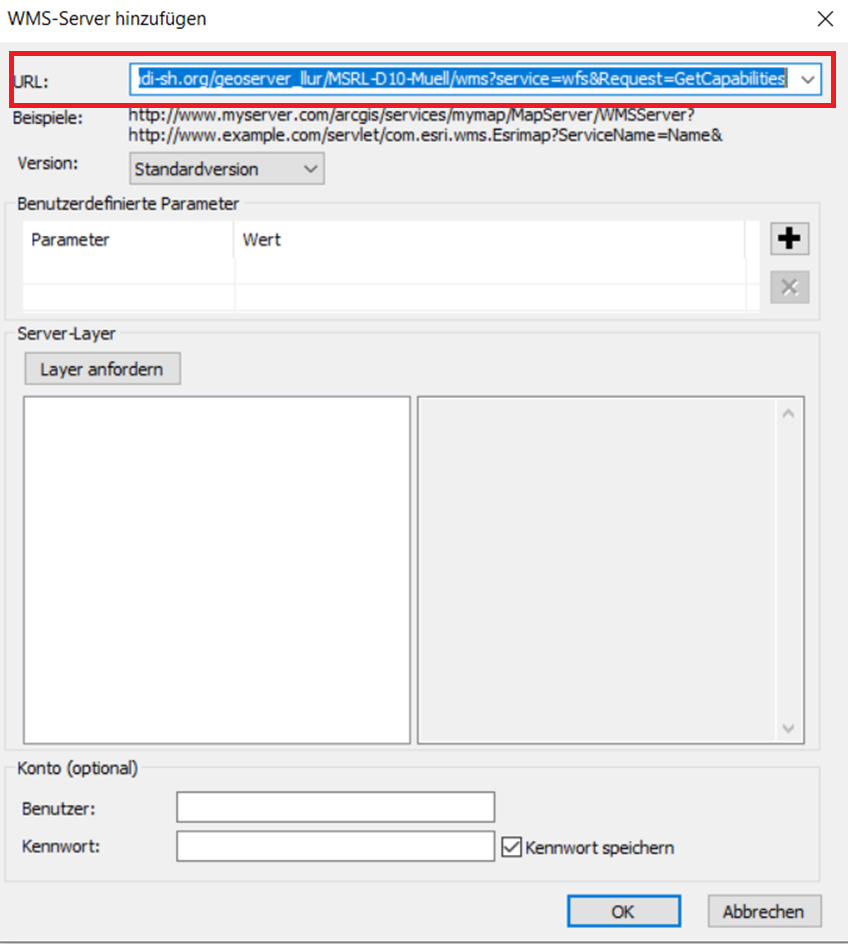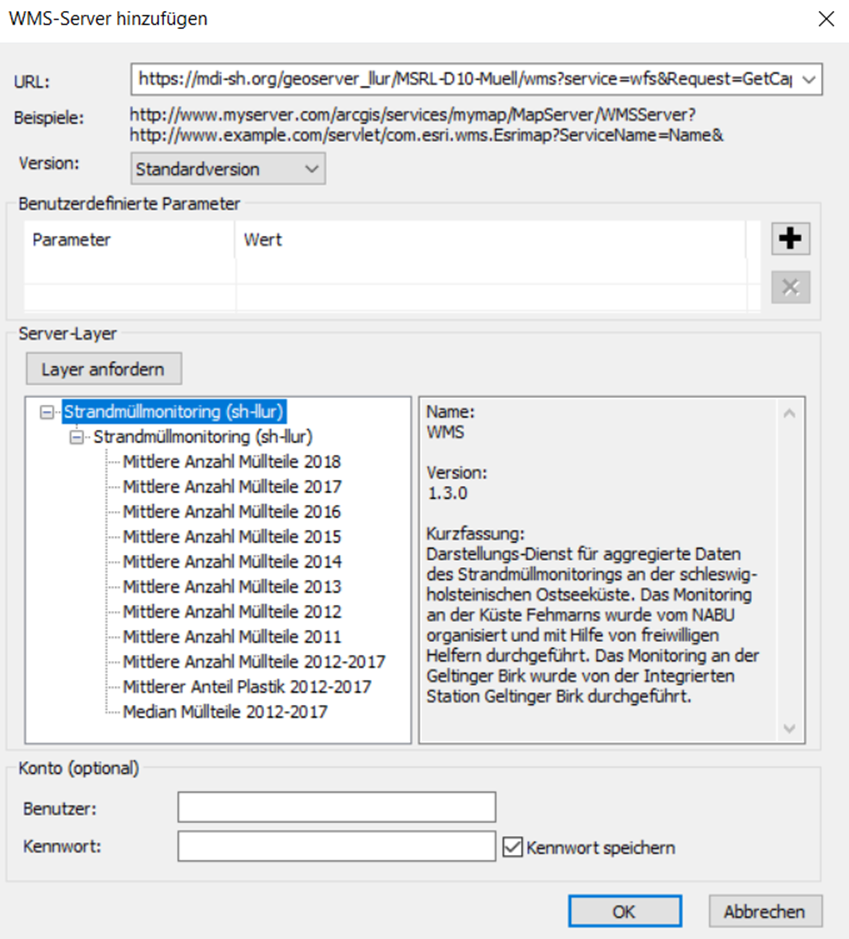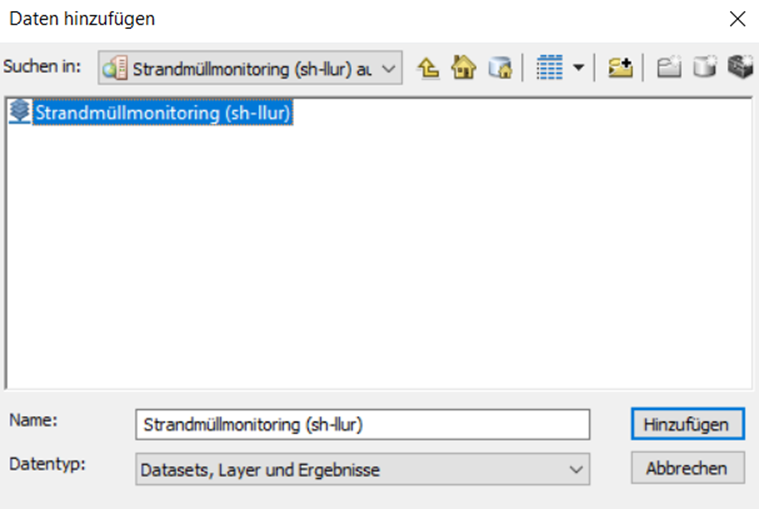Geoportal
The MDI-DE geoportal primarily provides a joint search for official data and maps from state and federal agencies with coastal and marine responsibilities. The search results can be displayed in maps and downloaded.
Systematic search
The search functionality is realized with the metadata system NOKIS based on the service-oriented software platform InGrid and the Coastal Gazetteer. During the search, the metadata catalog of the geoportal takes into account the information of all member authorities. The search function is supported by a quick search and suitable filter options in order to clearly categorize, target and refine search results. The hit lists link directly to download and to visualization in the geoportal.
The start page shows the variety of topics and functionalities of the MDI-DE and offers the following entry points to the geoportal:
Topic categories
Web services on a wide variety of topics are integrated in the MDI-DE geoportal. They are categorized according to basic data, geology, coastal engineering, nature and environment, oceanography, human activities, guidelines, and shipping.
A compilation of available services in the MDI-DE is published in the product catalog. This catalog is generated on-the-fly from the associated metadata.
Use cases and FAQs
A description of how to use web services from a geodata infrastructure often uses technical vocabulary that is not always easy to understand. In order to facilitate access to the data for applications in their own geoinformation systems (GIS) for as many interested parties as possible, some information is provided below in the form of FAQs.
